
Learn about Sigma Z, the atomic number in the periodic table, and its significance in defining elements.

Discover how scientists utilize atomic models to understand atoms' structure, behavior, and properties.

Discover how scientists differentiate elements through atomic numbers and spectroscopy in this insightful Q&A.

Discover the experiments and theories that unveiled the atom's structure, from Rutherford's gold foil experiment to quantum mechanics.
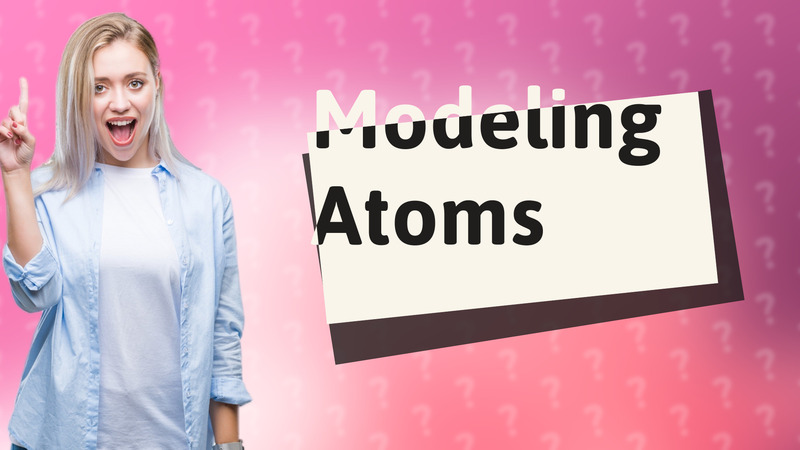
Explore how scientists create models to visualize and study atomic structures and behaviors.

Learn how to find the formula mass of any chemical compound in simple steps.

Discover the formula mass rule, essential for chemical reactions and stoichiometric calculations.

Explore the quantum mechanical model of atomic structure, including nuclei, electrons, and chemical bonding.

Learn about the structure and behavior of atoms, including protons, neutrons, electrons, and their role in chemical reactions.

Explore the contributions of John Dalton, the father of atomic theory, and understand the foundations of modern chemistry.

Explore the five major scientific models of atoms, from Dalton to Quantum Mechanics, and understand their unique contributions to atomic theory.
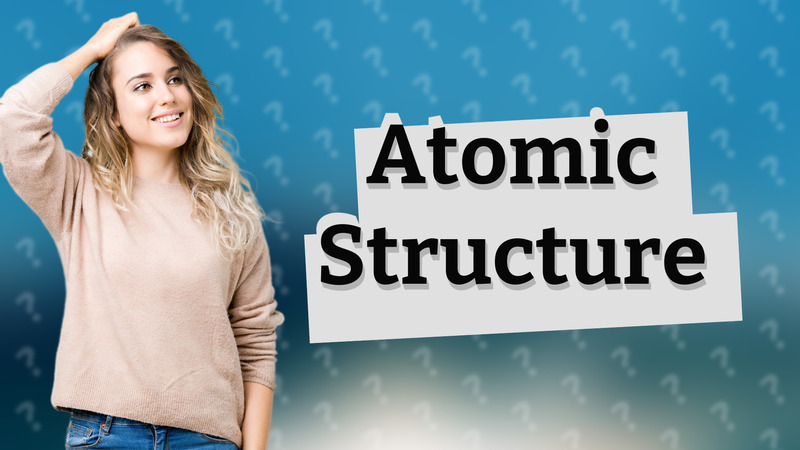
Explore the dual nature of atomic structure in physics and chemistry, highlighting its fundamental concepts.

Discover how modeling aids in visualizing atomic structures and enhances our understanding of chemistry and physics.
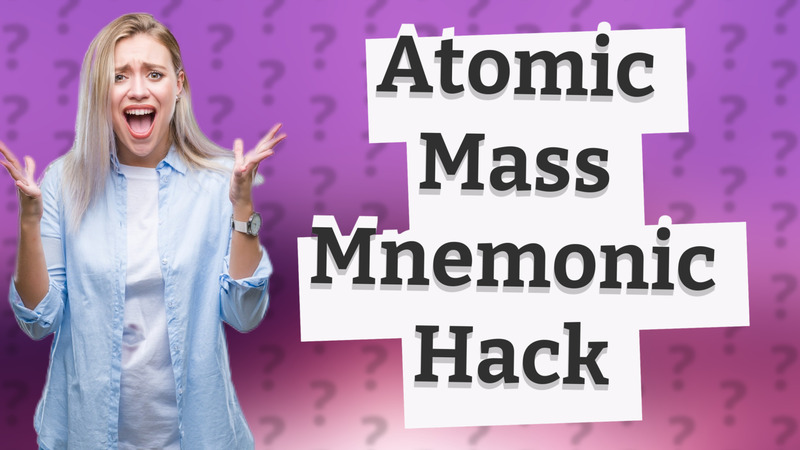
Learn how to memorize the atomic masses of the first 20 elements using a fun mnemonic and flashcards!

Explore the key advantages of studying atomic structure, from chemistry foundations to medical advancements.
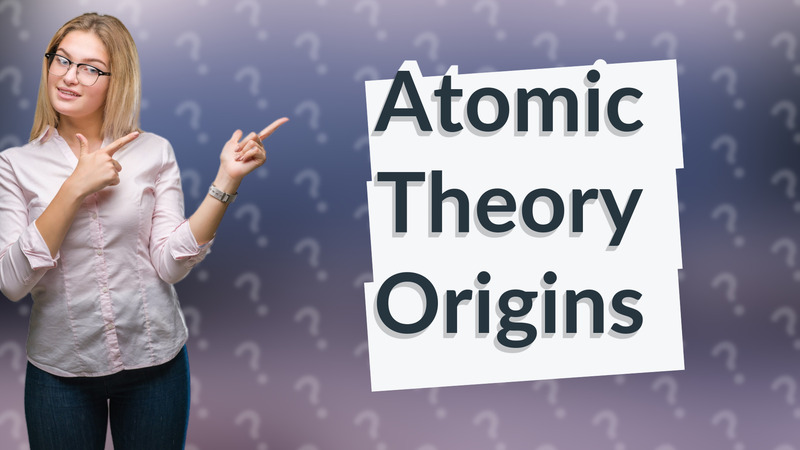
Explore John Dalton's groundbreaking atomic theory that revolutionized our understanding of matter and its structure.

Explore the significance of atomic structure in chemistry and its implications for technology and medicine.
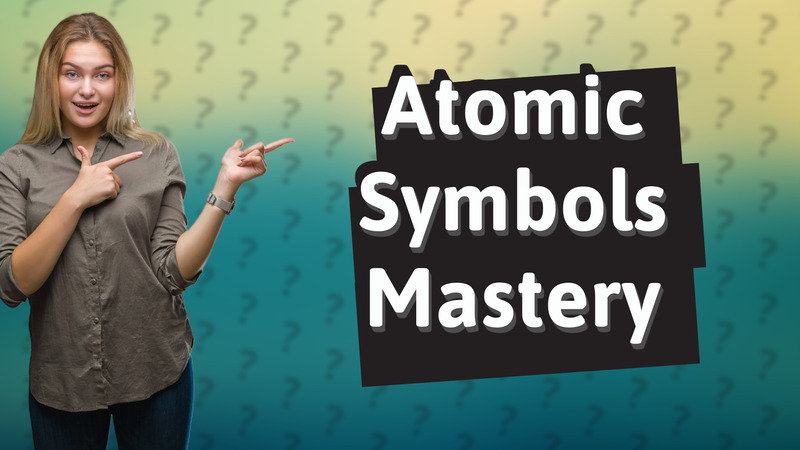
Discover effective techniques to memorize atomic symbols using mnemonics, flashcards, and visualization. Enhance your chemistry skills now!
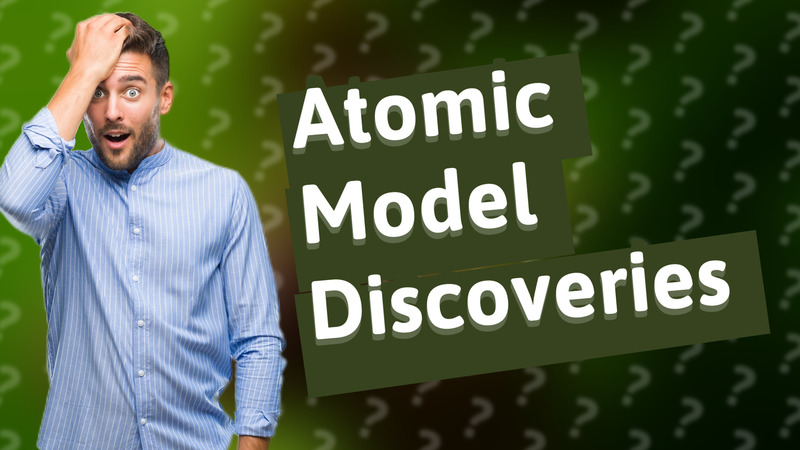
Explore the pivotal discoveries that formed the foundation of modern atomic theory.

Discover effective mnemonics to memorize the first 20 elements of the periodic table using fun phrases.
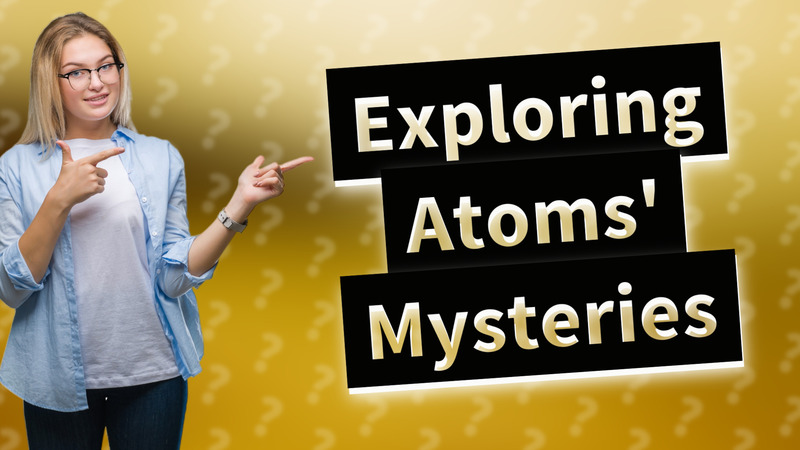
Discover the importance of studying atoms in science and how it leads to breakthroughs in technology and healthcare.
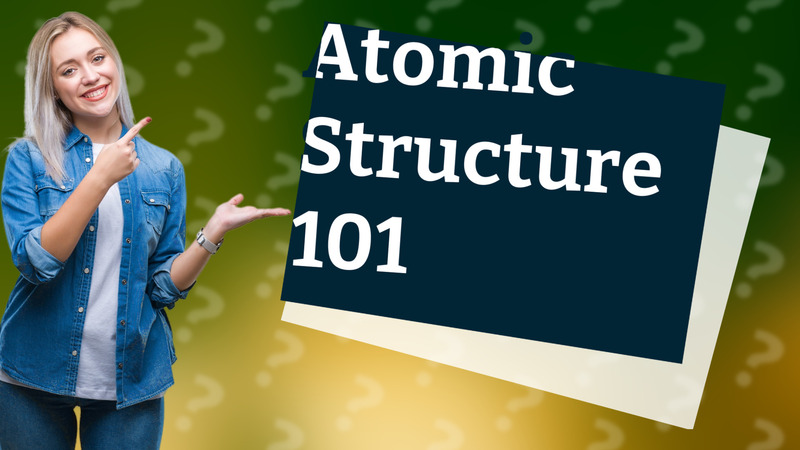
Explore the fundamental definition of atomic structure and how subatomic particles shape the behavior of elements.
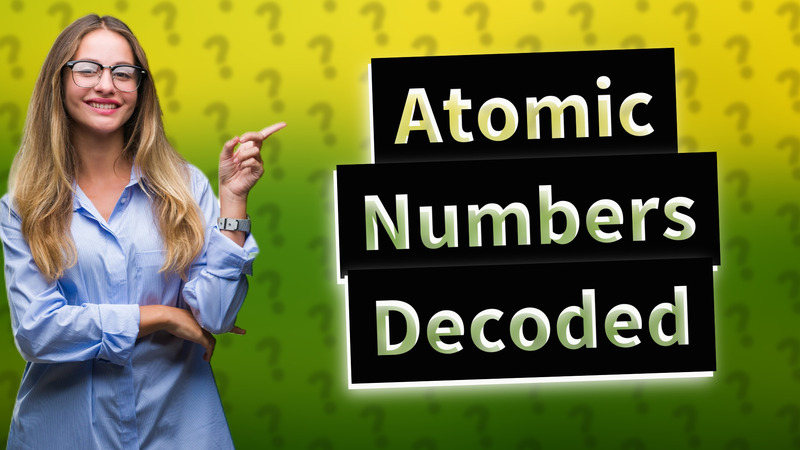
Learn how an atom's atomic number is defined by its protons, unique to each element like hydrogen and carbon.

Learn mnemonic techniques and study tips to memorize the first 20 elements of the periodic table efficiently.
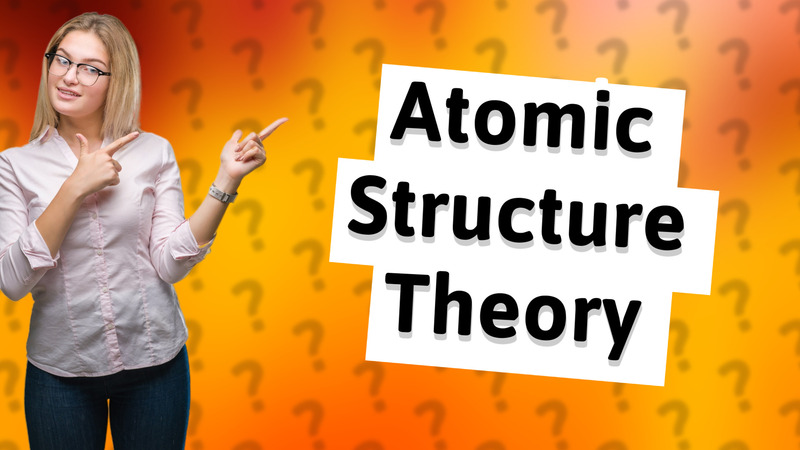
Explore the fundamental theory of atomic structure, including protons, neutrons, and electrons in chemical interactions.

Explore the crucial impact of atomic structure discovery on chemistry, physics, and medicine.

Explore the well-substantiated model of atomic structure and its significance in science.

Explore why learning about atomic structure is vital for grasping science's core principles in chemistry, physics, and biology.
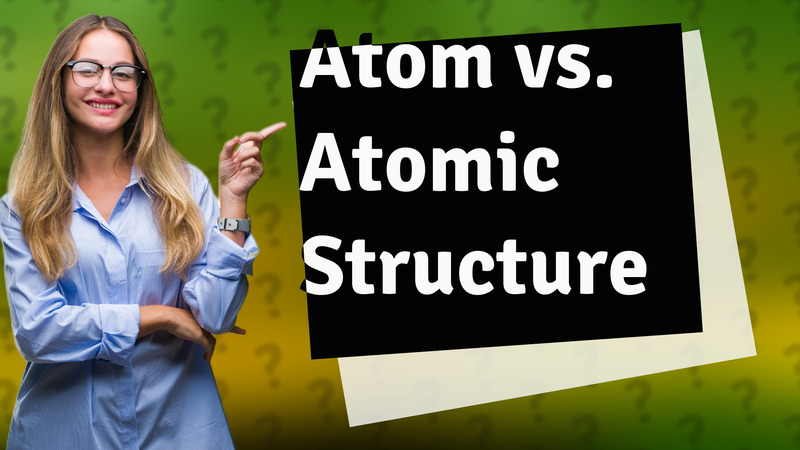
Learn the key differences between atom and atomic structure in this concise Q&A video.

Discover how John Dalton's Atomic Theory in 1808 provided crucial evidence for atoms' existence and shaped modern chemistry.
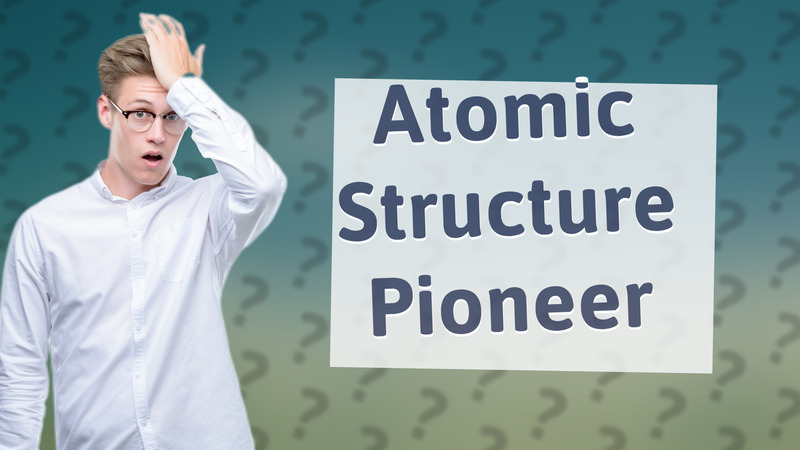
Learn about John Dalton and his groundbreaking Atomic Theory that transformed modern chemistry.
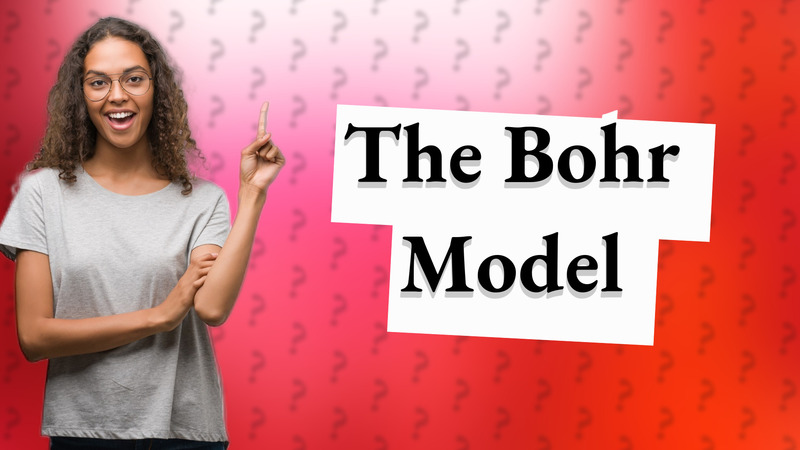
Explore the Bohr model of atoms, a fundamental representation depicting electrons and atomic structure.

Master the first 20 elements of the periodic table with a catchy mnemonic technique.
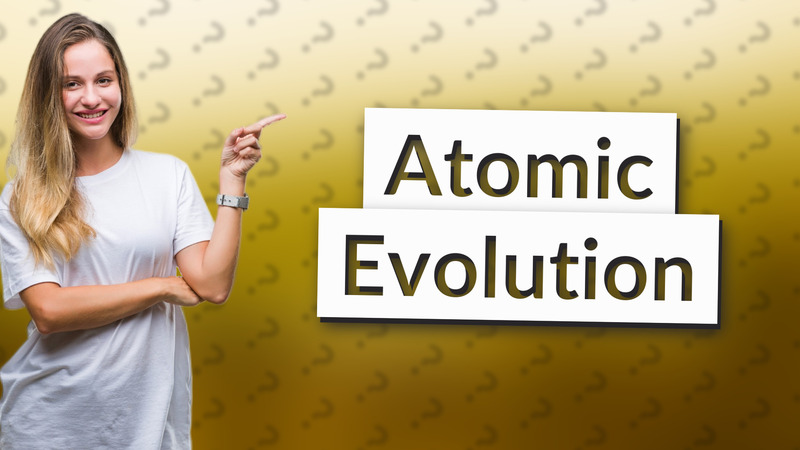
Discover the 4 atomic models that shaped our understanding of atomic structure, from Dalton to Bohr.
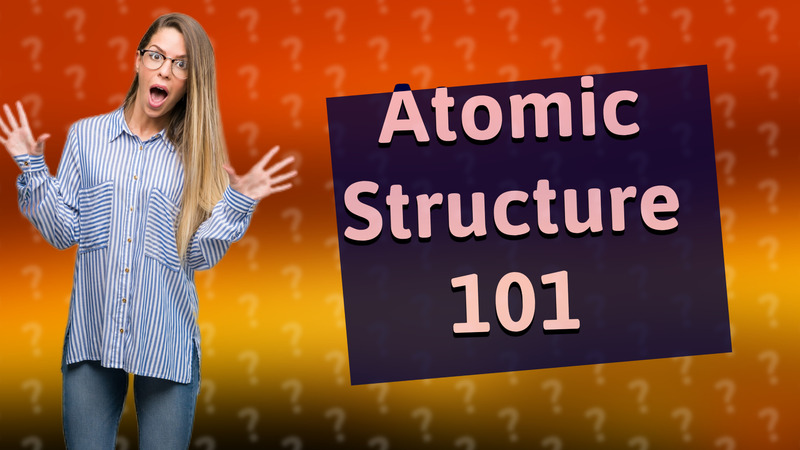
Explore the fundamental concepts of atomic structure, including atoms, nuclei, and chemical behavior.

Discover how John Dalton's groundbreaking ideas laid the foundation of modern chemistry through atomic theory.
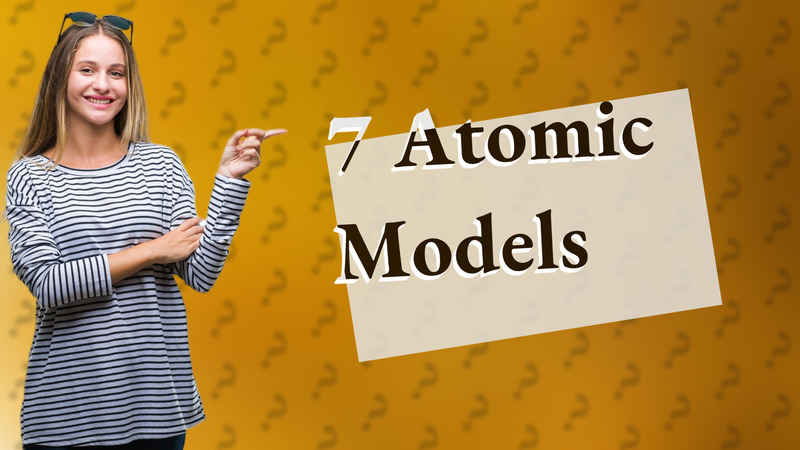
Explore the 7 atomic models, from Dalton to the Quark Model, in this concise and informative video.

Discover the importance of atomic structure in understanding matter, chemistry, and technology development.

Discover what determines atomic structure, including protons, neutrons, and electrons.
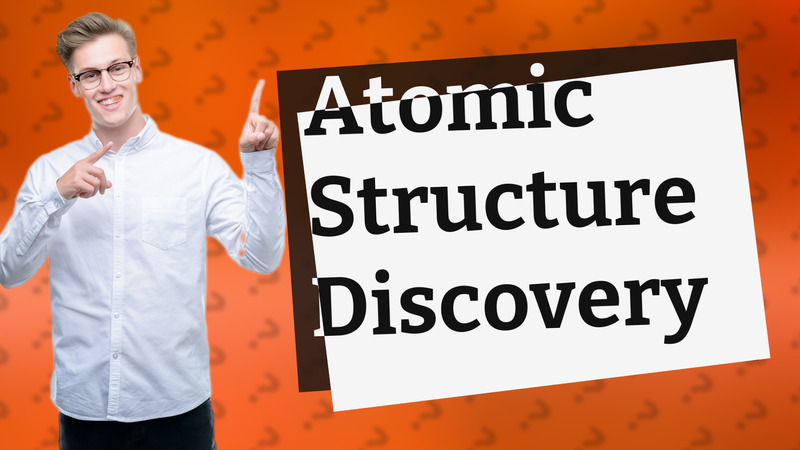
Explore how pivotal experiments led to the discovery of atomic structure, shaping modern science and our understanding of matter.
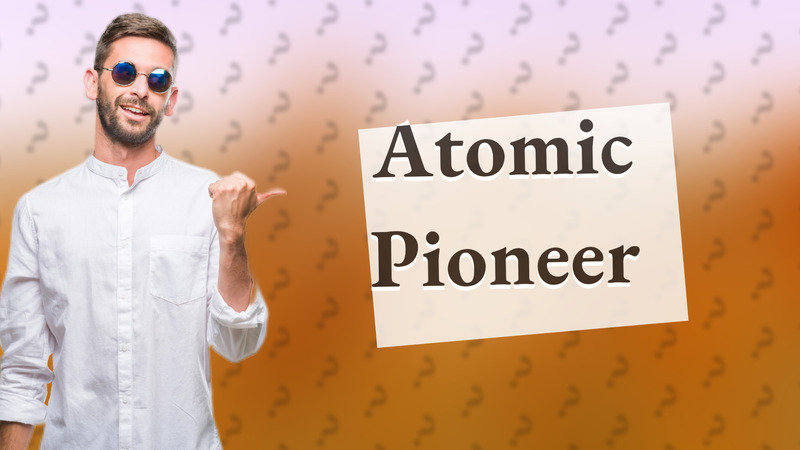
Discover how John Dalton shaped modern chemistry with his atomic theory in the early 19th century.
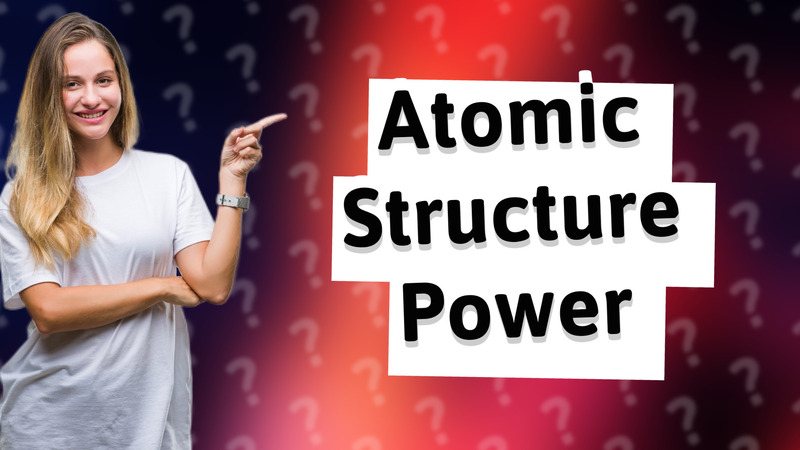
Explore how knowledge of atomic structure impacts technology, medicine, and material science.

Learn about Madelung's rule and its importance in determining atomic orbital filling order in chemistry.
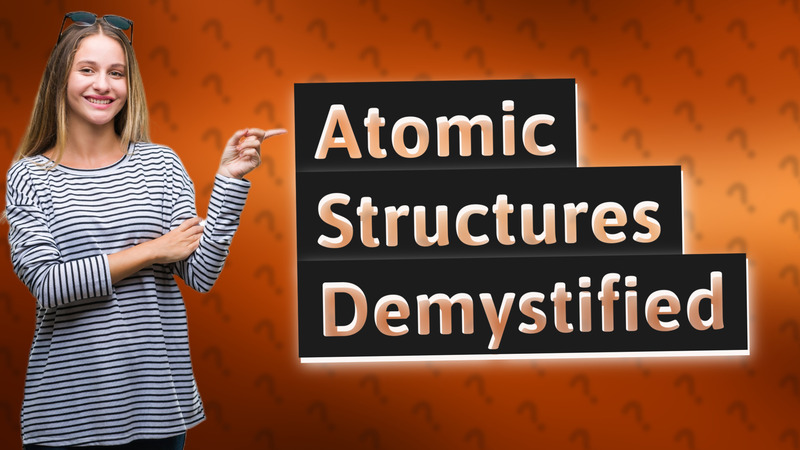
Explore the four atomic structures: Simple Atomic, Molecular, Covalent Network, and Ionic. Learn how these affect material properties.

Explore how ancient philosophers and early scientists uncovered the concept of atoms through reasoning and experiments.

Learn how to identify isotopes by understanding neutrons in atomic nuclei. Get valuable insights into isotopic differences.
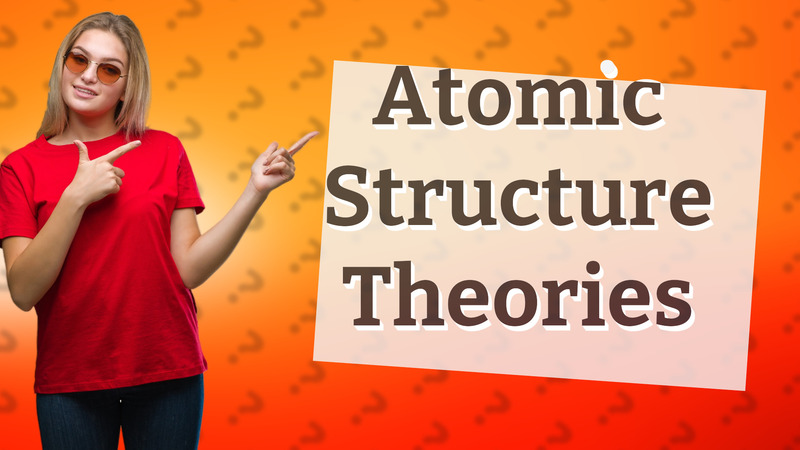
Discover the key theories that explain atomic structure, from Dalton to Quantum Mechanics.

Learn the key components of an atom: protons, neutrons, and electrons, and how to study their structure effectively.

Explore key experiments like Dalton's, Thomson's, and Rutherford's that provide evidence for atomic existence. Discover the science behind atoms!
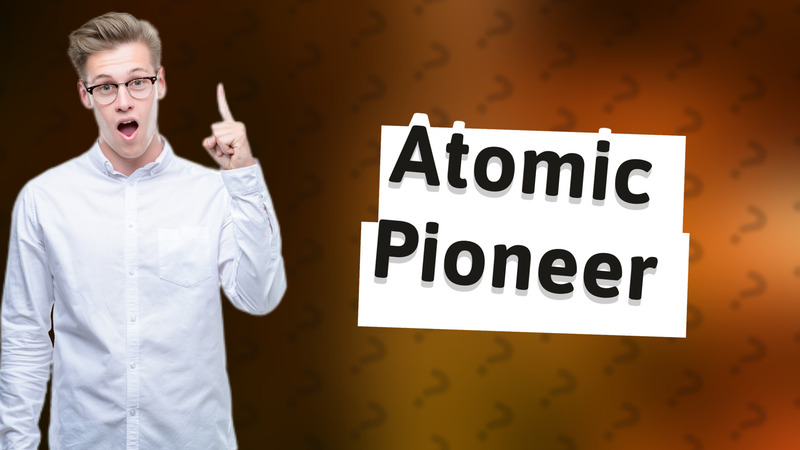
Discover how John Dalton shaped modern atomic theory by proposing the structure of the atom in the early 19th century.
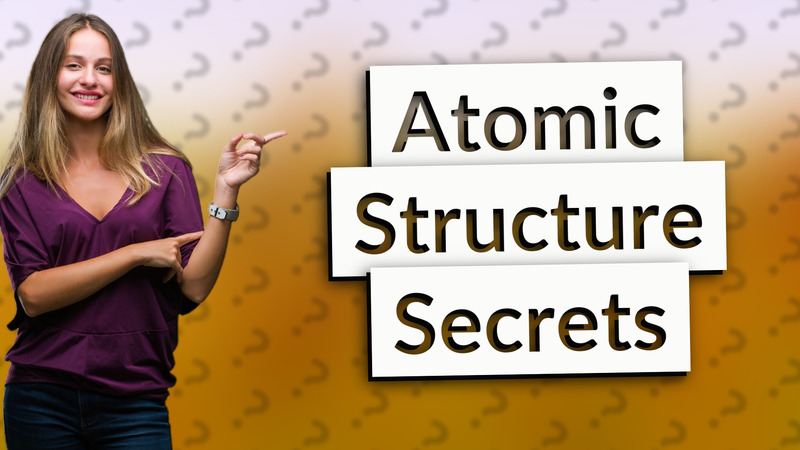
Explore the essential learning objectives of atomic structure, including atoms, protons, neutrons, and electrons in chemistry.
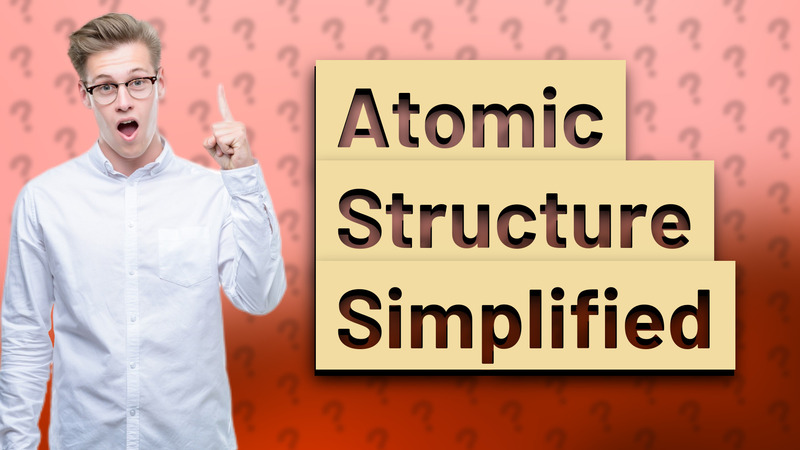
Explore the basics of atomic structure, including protons, neutrons, and electrons.
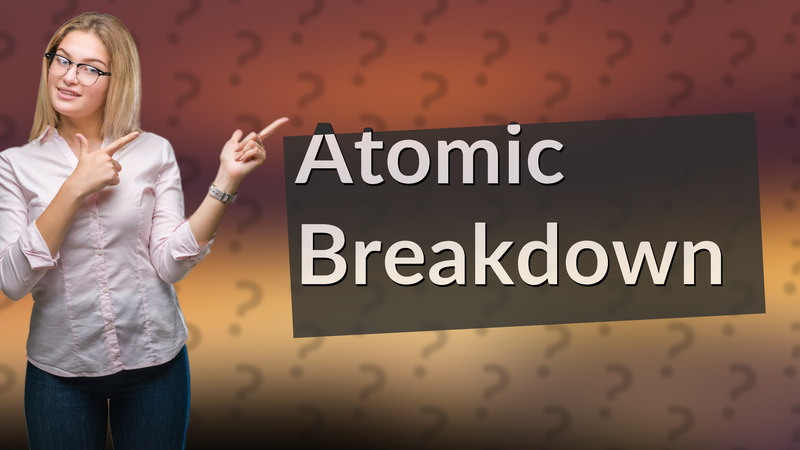
Discover how many atoms make up a human body and learn about the main elements involved.
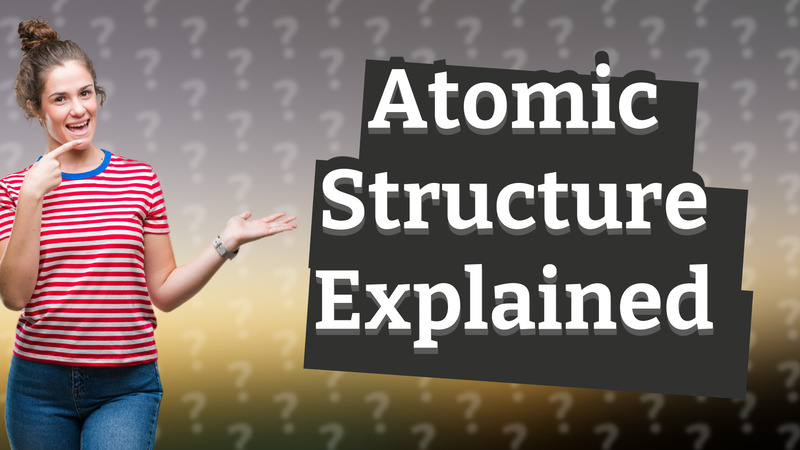
Explore how experiments and theories reveal the structure of atoms, from Rutherford to quantum mechanics.
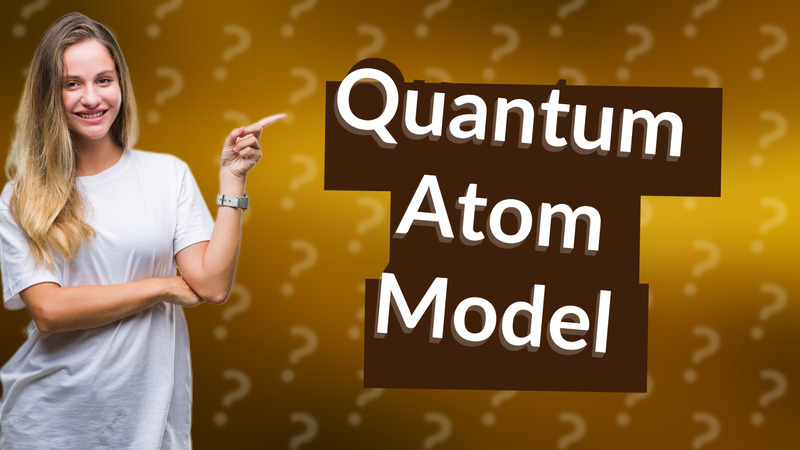
Discover the Quantum Mechanical Model, the most accepted atomic theory, explaining atomic structure and behaviors with precision.

Discover the scientists behind atomic theory, from Dalton to Bohr. Learn how their discoveries shaped modern science.

Learn the basics of atomic structure, including protons, neutrons, and electrons, in this beginner-friendly video.
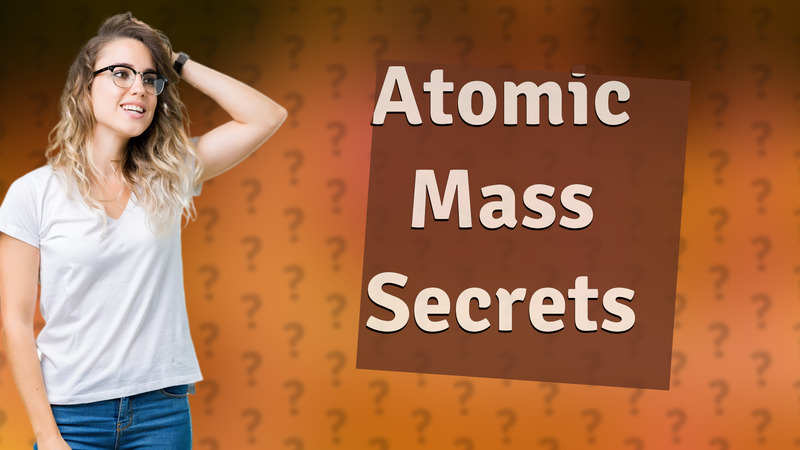
Learn the simplest method to find atomic mass on the periodic table and through online resources.
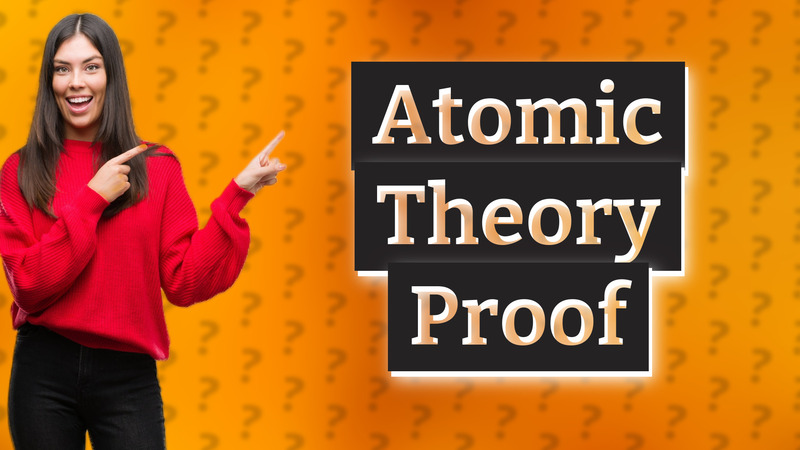
Discover how atomic theory was validated through pivotal experiments by Dalton, Thomson, Rutherford, and Bohr.

Explore John Dalton's role in developing atomic theory in the 19th century and his groundbreaking ideas about atoms.

Learn a simple mnemonic to easily memorize the first 18 elements of the periodic table in this informative video.
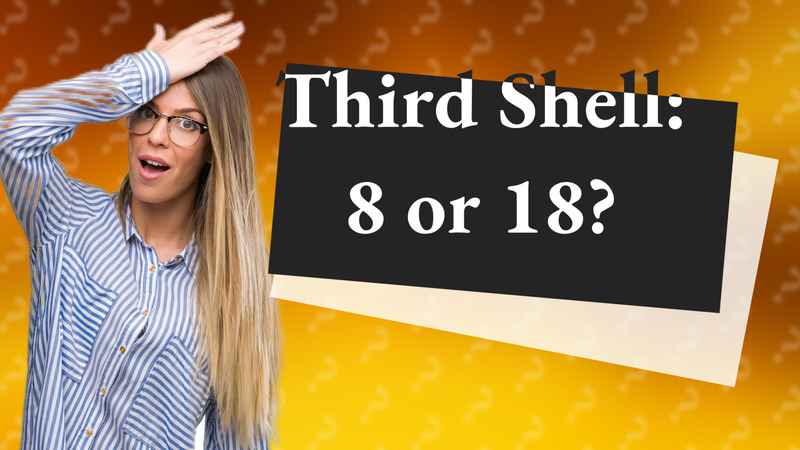
Learn about the third shell of an atom and its capacity to hold electrons. Discover the Aufbau principle and electron configuration.